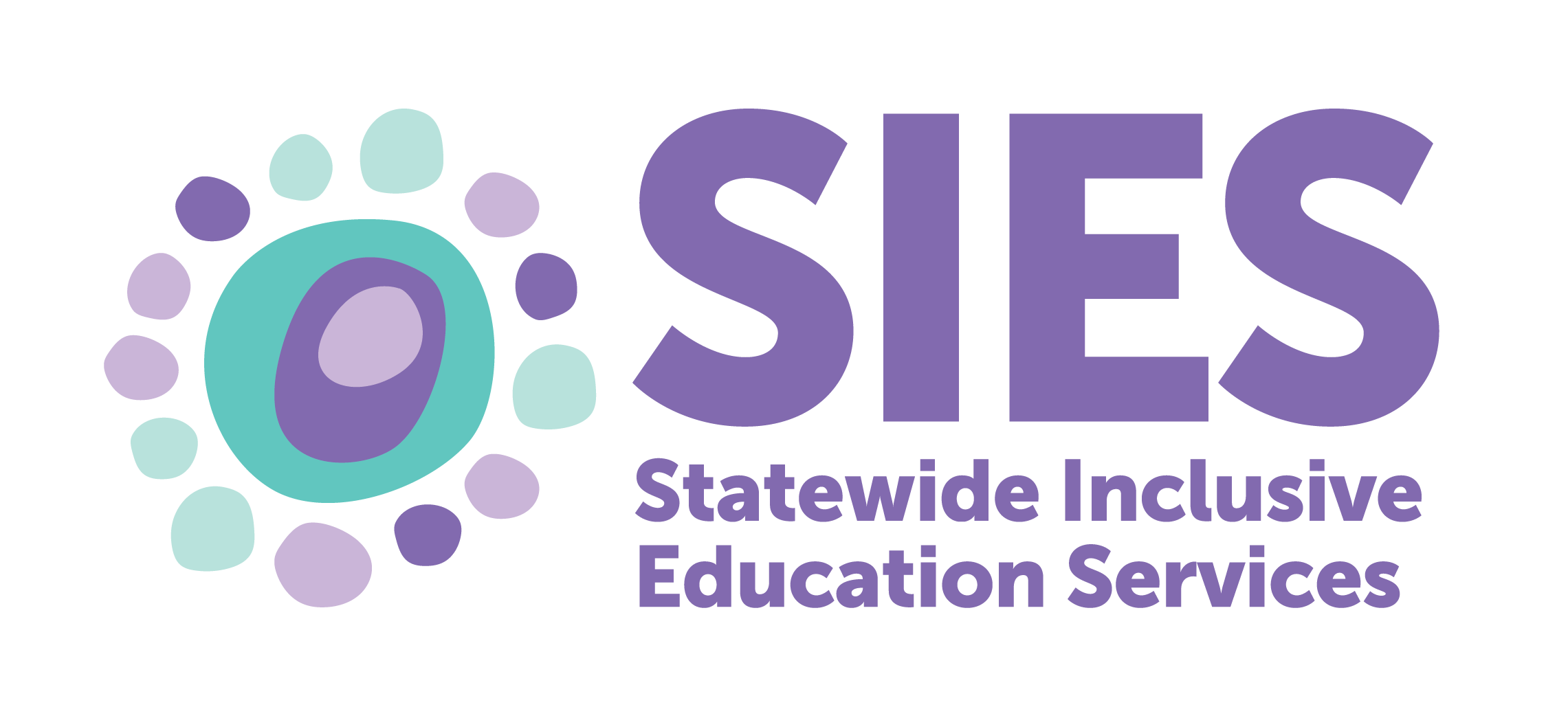It is important to help your child practice skills they have learnt in school. This practice helps to embed the ideas into their long term memory.
You do not get better at writing by just writing alone. Students need to focus on the skills that will improve the end result such as their use of: vocabulary, sentence structure, spelling, grammar, creativity aspects etc.
We need to ensure that we know what they can do and then give them help to practice the bits that are holding them back.
Remember that quality writing is more important than the quantity of writing for kids who are challenged by writing.
The following games and quick activities, will help you target specific skills and bring in previously learnt ideas to consolidate them. Remember to let your child rehearse their response orally before writing!
Handwriting
There is a link between handwriting spelling and fluency. The act of forming letters by hand supports the transition of spelling into the long term memory. Students need to know how to write letters without thinking about it to become more fluent writers.
- Here is a link to the South Australian handwriting
- Here is a link to some handwriting templates
Some ideas for vocabulary
Using pictures as a stimulus get your child to come up with a number of words that mean the same thing. In this picture the baby looks sad, ask your child to improve the word and come up with 4 other words to describe how this child is feeling. For example melancholy, miserable, upset, glum, devastated.


Using a picture prompt get your child to come up with a particular type of word, such as a movement word or a descriptive word for the setting and make a sentence. For example, using the sentence starter “The man…” come up with a movement word for how the man is moving in the picture eg walked, glided, strolled, ambled, stomped, sauntered. To extend this they could then include descriptive setting words that describe the weather or location.
When introducing new topic vocabulary, it can be useful to use a visual to help make connections to prior knowledge or to show an example of the word. If your child comes across a word they do not know it is recommended to tell them what the word means (if you know rather than asking them to look it up). Then ask them to say the word and what it means and give an example of the word and a non-example of the word. Practice putting the new word in a sentence; here is an example of this using the word Ancient:
This is a picture of an ancient building… and the new vocab is Ancient
Say it……….ancient
Ancient means something that is very, very old.
Ancient is….(Your child finishes the sentence).
Something that is very, very old is…..(ancient)
Example/ non example (fossils/ a baby)
Put it in a sentence. (The tour group visited the ancient buildings.)

To extend vocabulary you can play a game called ‘the alphabet race’. For young students start with one letter one word, a-apple, b-balloon, c-cat then move to words on a theme – eg: animals, ant, bear, caterpillar, dog…. Words that start with the last letter of the one said previously and then you can try alphabet sentences where you make a sentence in alphabetical order eg: A big cat does enjoy food!….
Introduce a book and talk about new vocabulary within it before you read. Try and put new vocabulary into a sentence.
Sentence structure ideas
If your child over uses the joining words (conjunctions) ‘and or because’, you might want to explore other words such as: additionally, furthermore, moreover and also to improve their sentence.
Provide sentence starters for your child to complete. Choose a topic, then pick a sentence starter such as:
Did you know that….? Amazingly….. In addition to…… Generally …. The most extraordinary thing about…. It is a little known fact that….. You may not know but……
Write a persuasive argument, I would stick with something they are passionate about such as ‘Why I should not have to do more than an hour home schooling each day’ or ‘Why I should be allowed chocolate for breakfast’ etc. Ask your child to think about their argument and then use one of the following persuasive sentence starters:
Surely you must… I really feel that…
Evidently… Others must agree that…
I believe… I have to say…
I’m absolutely certain… It is vital…
The time has come… It seems to me…
It is clear that… In my opinion…
Clearly… Without a doubt…
Look at word order in a sentence, if you change the word order does it change the feel of the sentence? For example ‘She was walking alone in the dead of night.” could be ‘In the dead of night, she walked alone.’
Improve the sentence: Take a simple sentence and ask your child to improve it. For example ‘The man got in the car’. Add a noun and give the man a name. Imagine what type of car the man is getting into and name the car, add a verb to describe how the man got in the car. The sentence could be ‘ James slid into the glimmering Ferrari. ’ This could then be used as a story starter.
Ask your child’s teacher which letter sounds they have been working on and include these in words for simple dictation. Using previously taught sounds will increase the chance of success for your child and keep this fun!
Spelling ideas
If you want to support your child with spelling, note down the errors they are making in their writing and work with these words in the first instance. Your child’s teacher may provide other words to focus on too.
There are lots of mnemonics for tricky words and it might help to do a google search for common ones such as ‘because – big elephants can always understand small elephants’. ‘Rhythm: Rhythm helps your hips to move’. There is a’ lie’ in believe etc…
Speed write game: Write a key word to be learned. Look at it and discuss the spelling, are there any tricky bits? Ask your child to copy the word into their book or on a whiteboard (make sure it is correctly spelt!). In one minute, how many times can they write the word in cursive. Ask your child to explain how they will recall the spelling in future.
Cloze the word – Cloze is a procedure where information is taken out and the student has to fill in the missing bits. Get your child to practice the tricky bits in words by omitting them. For example: Bec—se, fr—nd, re—ber, rec—ve.
Count down letters game: Randomly choose several vowels and about 6 consonants. Give your child one minute to spell words and see how many real words they can come up. Can adapt to follow a spelling rule eg in 1 minute come up with as many magic ‘e’ words that you can (words with ai, ay etc)
Grammar Ideas
Tune into language aspects such as adjectives and verbs. Writers use language to create a picture in the reader’s mind. Taking a simple sentence such as A _______ dog, you can change the adjective eg fluffy, cute, boisterous to ferocious, mangy, vicious and create a completely different picture for the reader. We can also use powerful verbs to improve sentences, for example ‘The horse ______’ could be ran, galloped, strode, sauntered etc. Get your child to experiment with different verbs and adjectives to improve what they have written previously to turn a good piece of writing into a great piece of writing.
Sentence doctor game: Create a sentence with errors to correct. This can include simple punctuation, grammar, or spelling corrections. For example ‘I went To the park’ ‘can we go to the park asked ben’ or ‘I walkt in the parc and eated my icecream’. This is a fun way to correct common grammatical errors.
Creative aspects
Coming up with ideas can often be tricky for students. Remember that you can use picture prompts or newspaper or magazine pictures or stop a story they are enjoying reading and write what might happen next.
Games that generate ideas. Ask your child to come up with:
4 ways to cross a river.
10 uses for a stapler.
5 ways to get to the top of the mountain.
Rules for riding a unicorn/dragon.
I overheard the birds in the forest and they said..
Picture prompts:
Give me 3 reasons why these people are running.
Three pieces of advice for these aliens wanting to move to Adelaide.
Or topically – how would you explain social distancing to these aliens?


Find a picture and get your child to come up with a headline. Have a look at other headlines on the news, in the paper, on the front of a magazine or on a google search.
Some useful websites for pictures to support ideas include Pobble 365 where there is a picture stimulus as well as some open ended questions to support writing. You could also try National Geographic picture of the day. Ask your child to think about what they can see in the picture. You can extend their thinking by using a ‘I wonder what might happen if…’
For more information or resources, contact SERU

